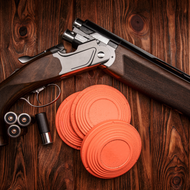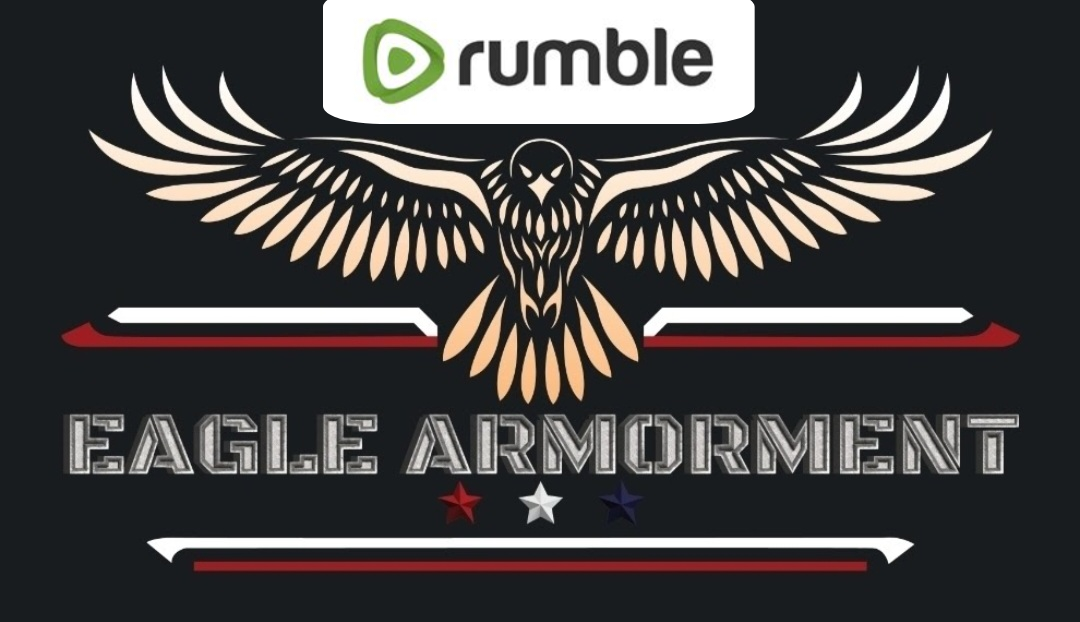Understanding Shotgun Choke Tubes: A Beginner's Guide to Trap Shooting
Posted by Eagle Armorment on Mar 26th 2024
Understanding Shotgun Choke Tubes: A Beginner's Guide to Trap Shooting
Shotguns are versatile firearms used in various shooting disciplines, including trap shooting. One crucial component of a shotgun that greatly influences its performance is the choke tube. Choke tubes alter the spread of shot pellets, affecting pattern density and range. For newcomers to the firearm industry and trap shooting, understanding choke tubes is essential for optimizing performance and achieving success on the range. In this article, we'll delve into the differences in choke tubes and their respective applications in trap shooting.
What is a Choke Tube?
A choke tube is a removable constriction at the muzzle end of a shotgun barrel that controls the spread of shot pellets. By constricting the bore diameter, choke tubes influence the dispersion of shot, allowing shooters to tailor their shotgun's performance for various shooting scenarios.
Types of Choke Tubes
- Cylinder or Improved Cylinder Choke: These choke tubes have minimal constriction, resulting in a wide shot pattern. They are suitable for close-range shooting, such as skeet shooting or hunting upland game birds at short distances.
- Modified Choke: Offering a moderate level of constriction, modified choke tubes produce a balanced shot pattern suitable for general-purpose shooting, including trap shooting. They provide a good blend of spread and density, making them versatile for different shooting distances.
- Full Choke: Full choke tubes provide significant constriction, resulting in a tighter shot pattern with increased pellet density at longer ranges. They are ideal for trap shooting and hunting waterfowl or distant targets where precision is paramount.
- Improved Modified and Skeet Chokes: Falling between modified and full chokes in terms of constriction, these choke tubes offer intermediate patterns suitable for specific shooting disciplines like sporting clays or trap shooting.
Applications in Trap Shooting
Trap shooting is a shotgun sport where participants shoot at clay targets (clay pigeons) launched from a single location. The objective is to break the targets as they move away from the shooter at varying angles and speeds. Different choke tubes offer distinct advantages for trap shooting:
- Improved Cylinder or Modified Choke: These chokes are favored for trap shooting, especially for beginners or those shooting closer targets. They provide a wider shot pattern, making it easier to hit targets at shorter distances commonly encountered in trap shooting.
- Full Choke: Experienced trap shooters often prefer full choke tubes, particularly for longer shots or handicap trap shooting where targets are launched at greater distances. The tighter shot pattern maximizes pellet density, increasing the likelihood of breaking distant targets.
Choosing the Right Choke Tube
Selecting the appropriate choke tube depends on factors such as shooting distance, target size, and personal preference. Beginners to trap shooting may start with a modified or improved cylinder choke for versatility and ease of use. As proficiency improves and shooting distances extend, transitioning to a full choke can enhance performance on longer shots.
It's essential to experiment with different choke tubes and patterns to find the optimal setup for individual shooting styles and preferences. Additionally, seeking guidance from experienced shooters or certified instructors can provide valuable insights into selecting the right choke tube for trap shooting success.
In conclusion, understanding choke tubes is integral to achieving success in trap shooting. By grasping the differences in choke tube constrictions and their applications, newcomers to the firearm industry and trap shooting can enhance their shooting performance and enjoyment on the range. Whether breaking targets at close range or aiming for precision on distant shots, selecting the appropriate choke tube can make all the difference in trap shooting proficiency.



